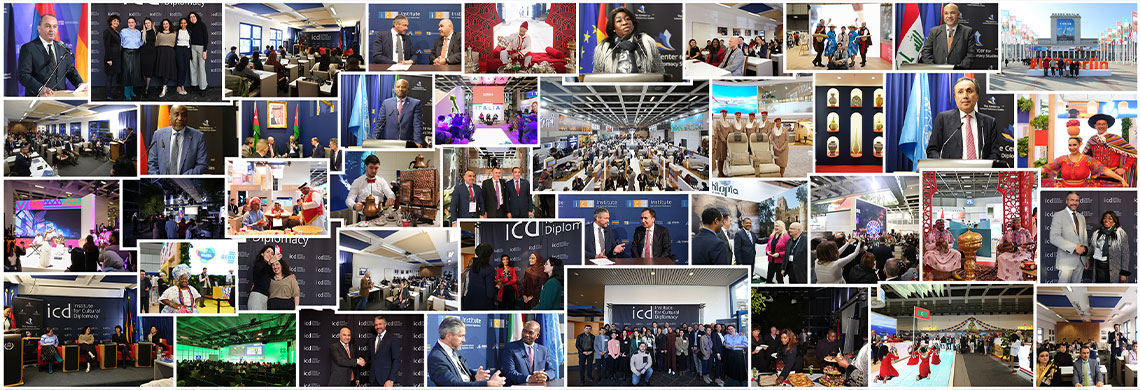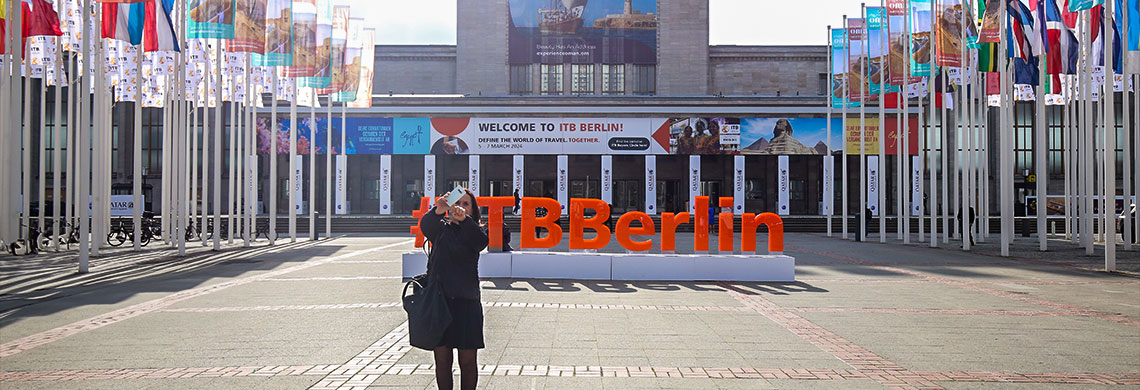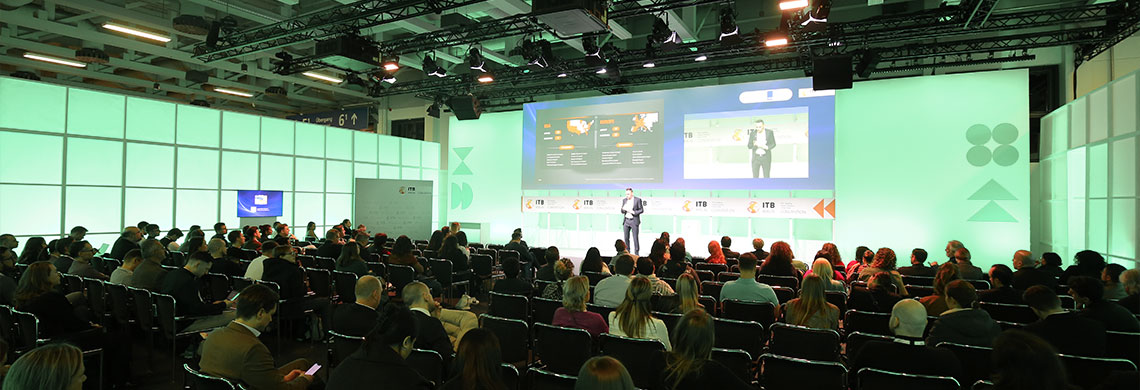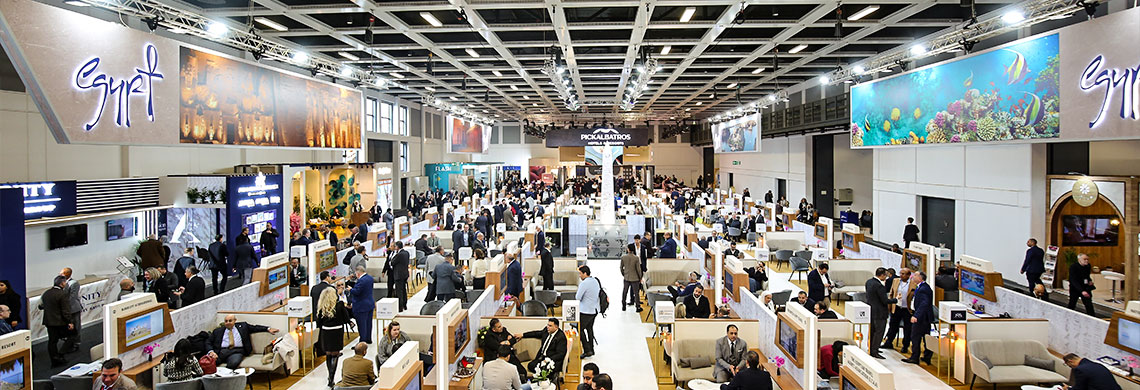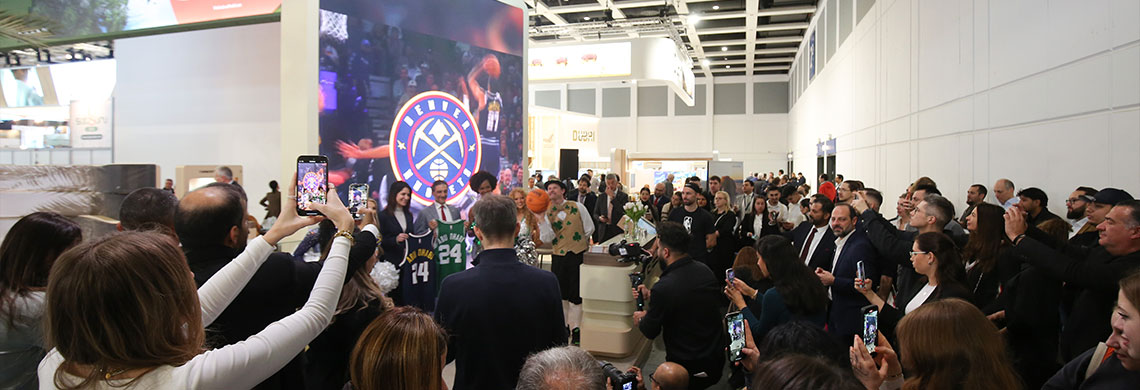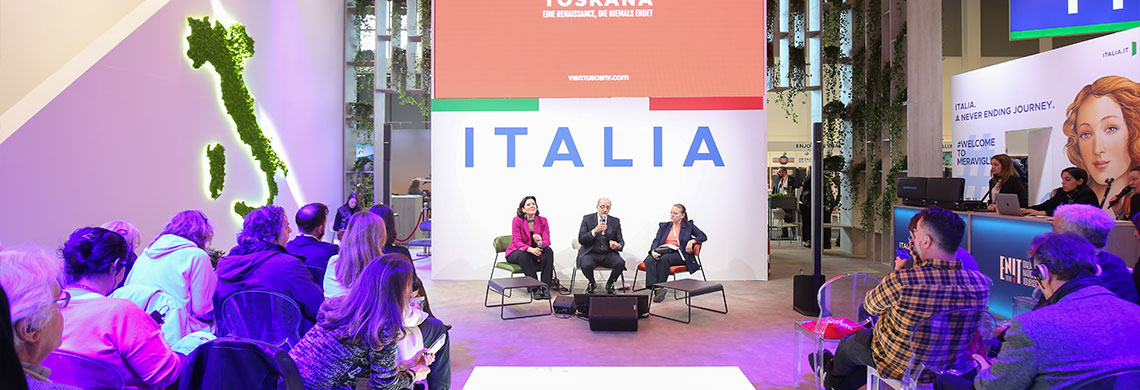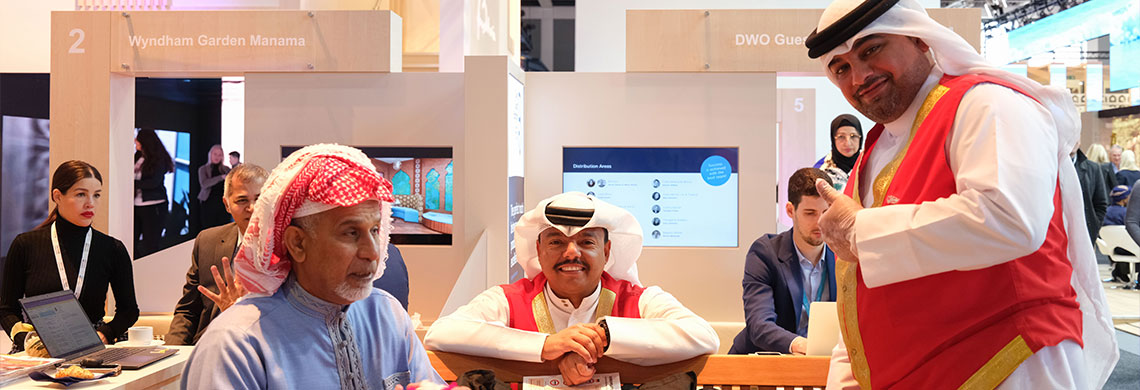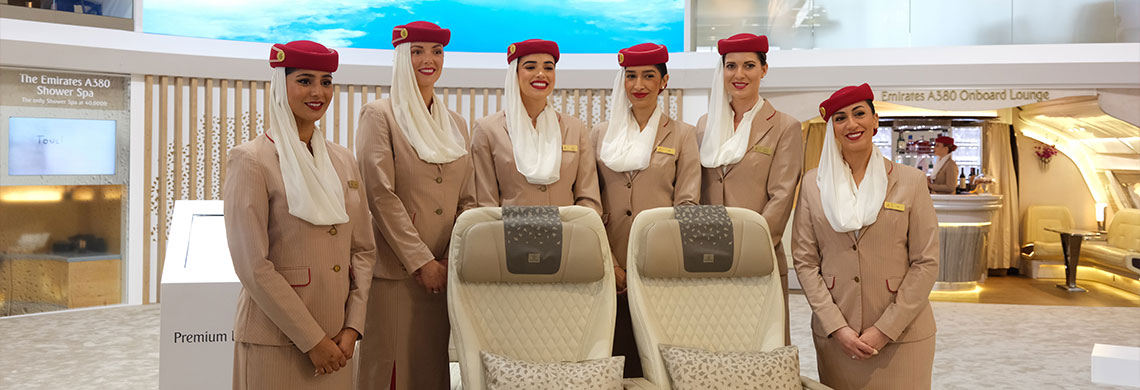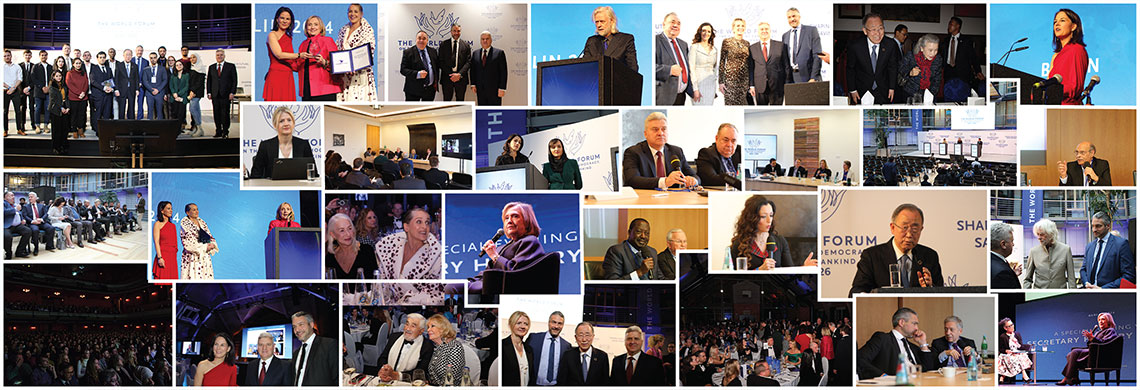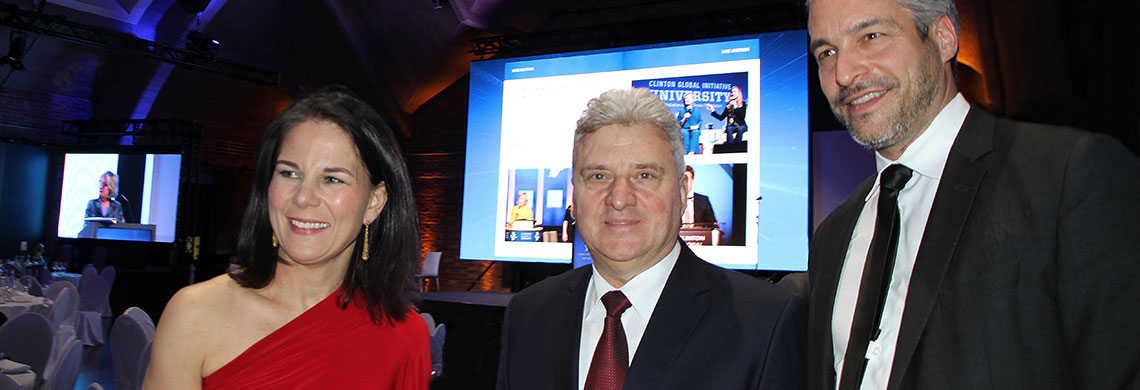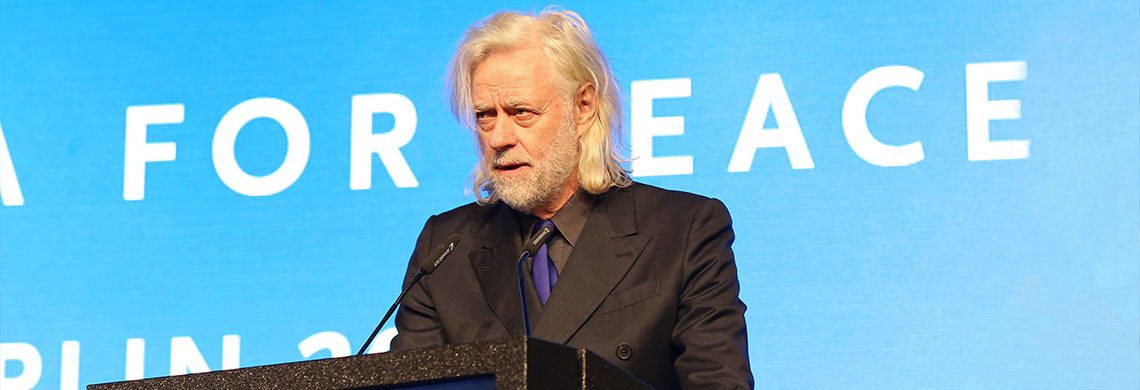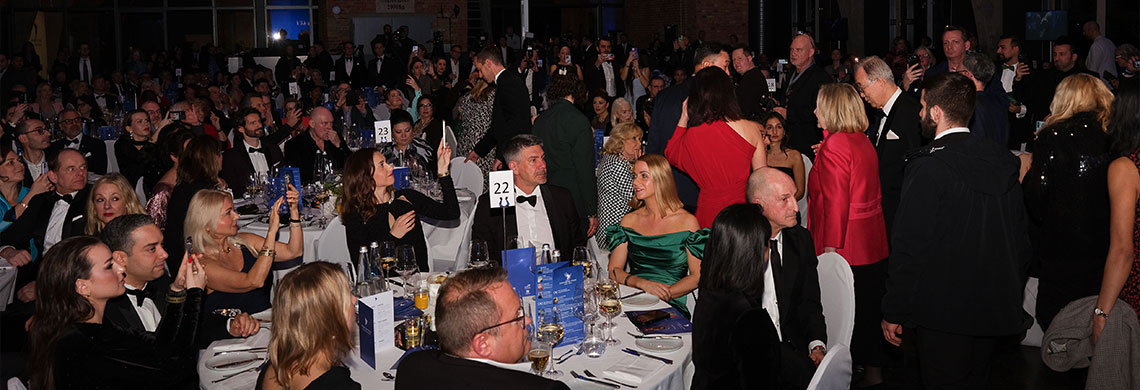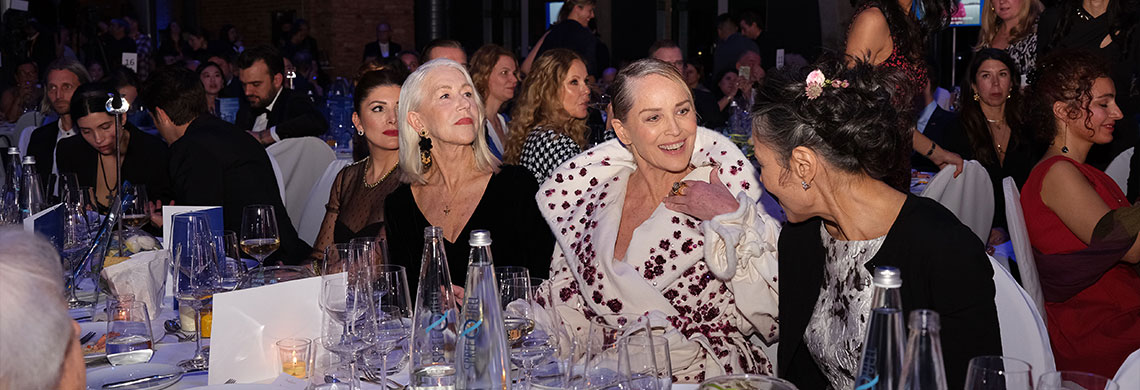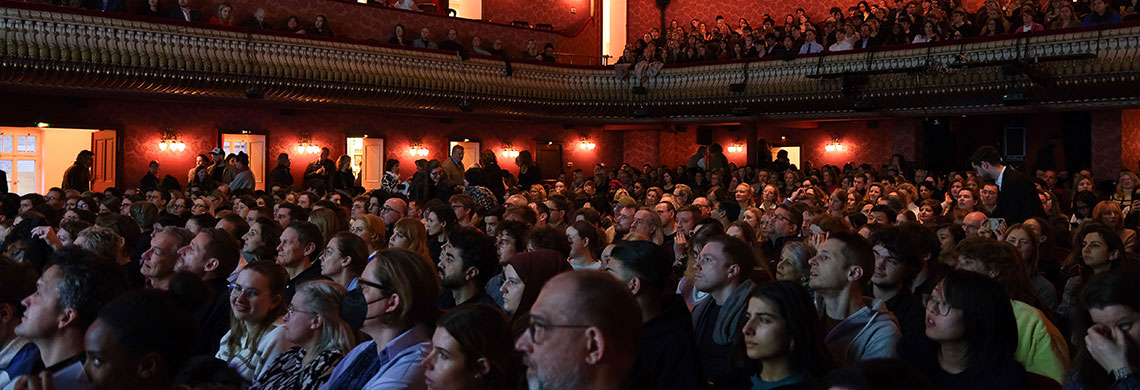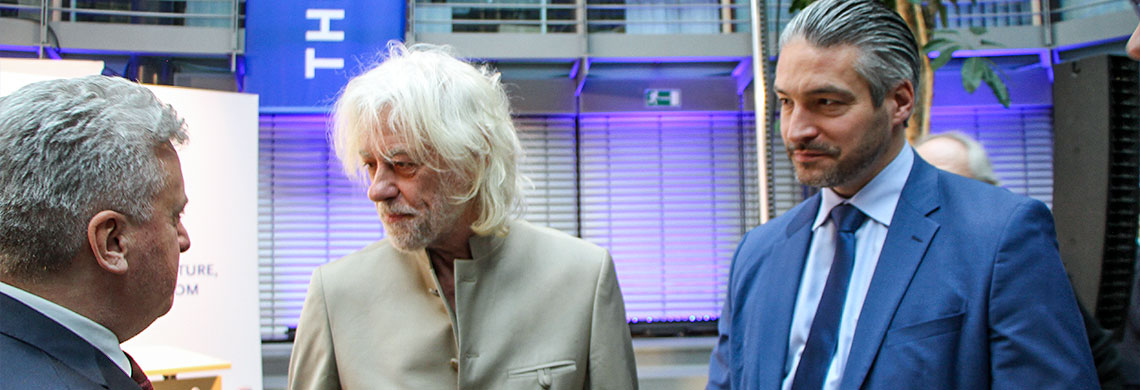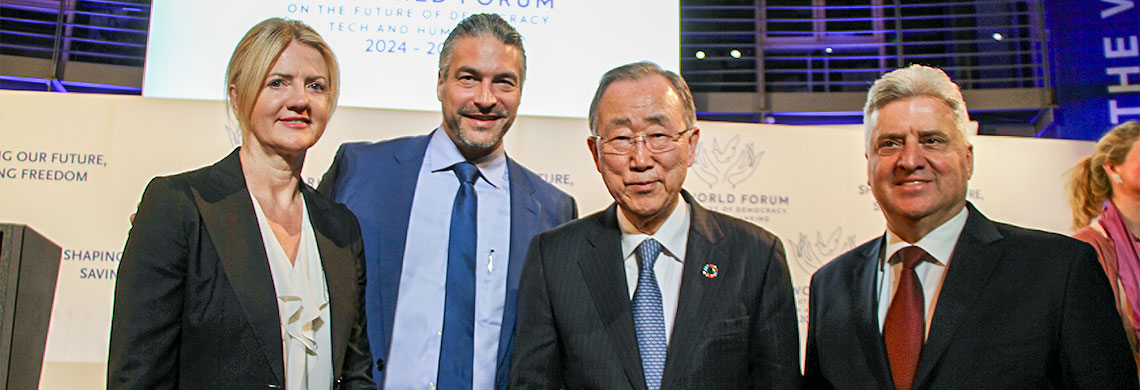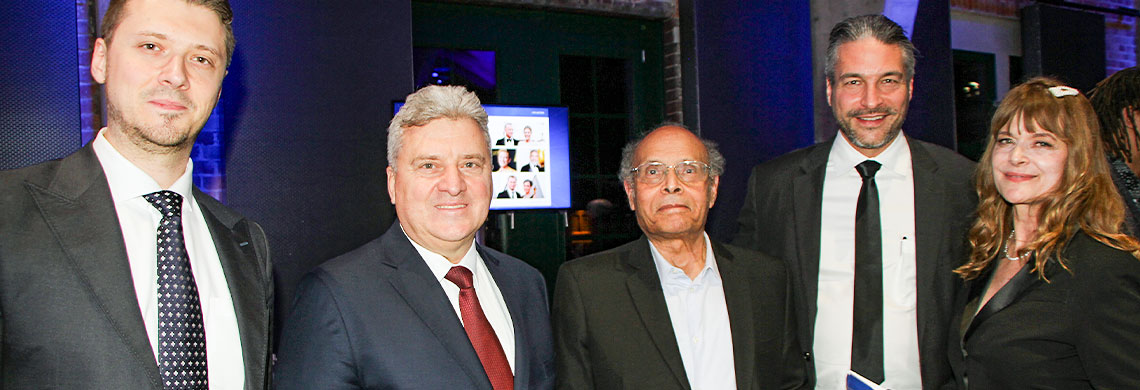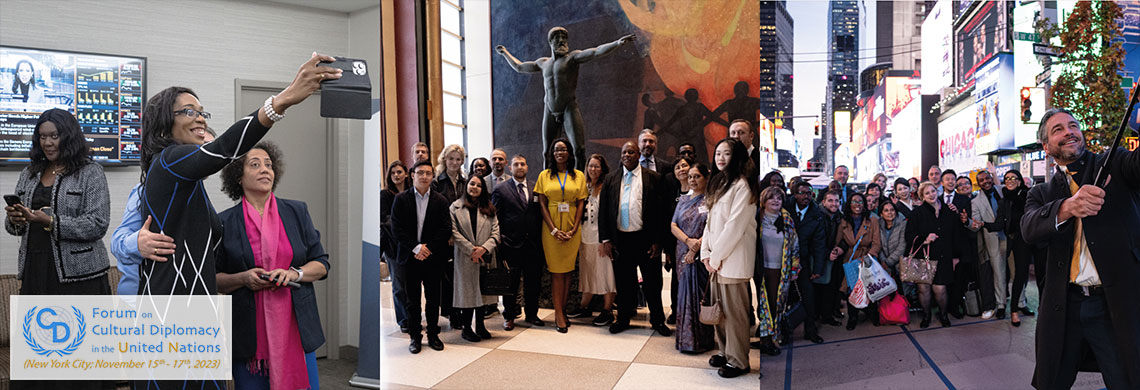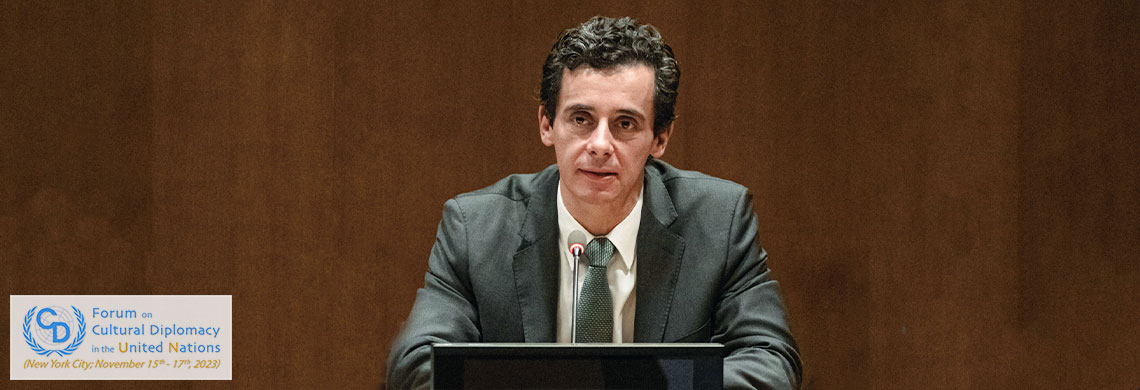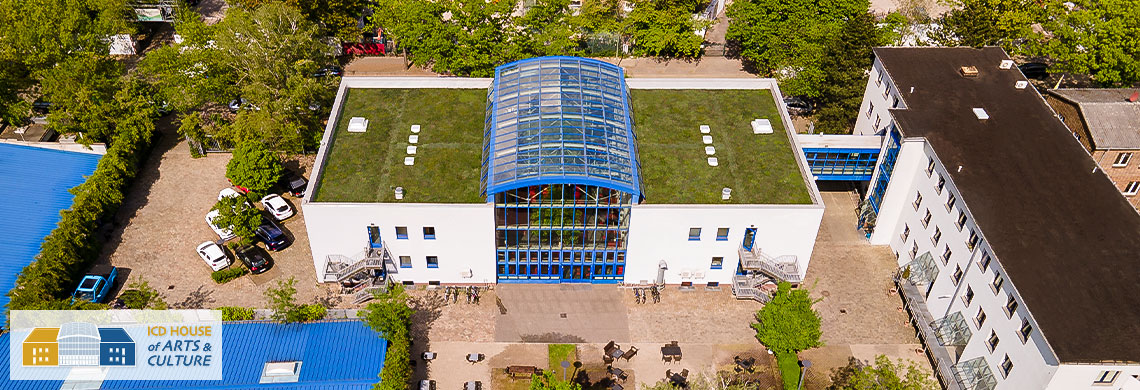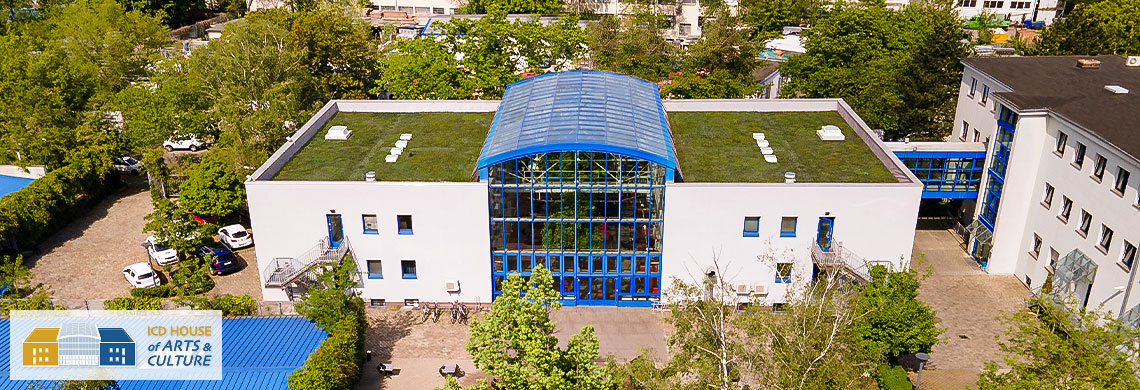The Language of Art & Music
"A Three Piece Puzzle: The Relationship between Culture, International Relations and Globalization"
Held Parallel to �The Notting Hill Carnival 2011�

London - a World in one City
London is a large international and diverse cultural centre, with art and music present throughout the city. It is home to numerous museums, art galleries, theatres and cinemas which offer first class entertainment all week long. More than 300 nationalities contribute to the diversity and liveliness of London's cultural events.London has always been a cultural hub, attracting different professions from different cultures that have left their mark on the city. The distinct characteristics of London's East End, for example, have developed over the ages through the impact that poets, artists, sportsmen, and inventors have made on the city throughout history.
Often labeled a ‘world in one city’, London is a true example of multiculturalism. However, the brilliant feat accomplished by the city, is that it still maintains its quintessential feel, with the black cabs and double decker buses, whilst also showcasing foreign cultures, for example through a large immigrant population and a vast array of cuisine from all continents.
As the head of an Empire for hundreds of years, London has remained attractive to outside visitors, with people, both young and old, still flocking to the city to experience all that it has to offer. Whether it be historical landmarks, or the thriving nightlife, London is rich with cultural delights. It’s safe to say that the city has not exuded so much confidence since the heady days of empire in the late 19th century, even despite the economic crisis, which is evident from the hosting its third Olympic games in 2012.
Things to do in London:
Experience theatricalityWest End theatre is a popular term for mainstream professional theatre staged in the large theatres of London's 'Theatreland', the West End. Along with New York's Broadway theatre, West End theatre is usually considered to represent the highest level of commercial theatre in the English speaking world. Today, seeing a show in the West End is considered one of the most popular tourist activities to partake in whilst visiting London. If you're not the musical type, however, head to Shakespeare's Globe and become a groundling - stay on your feet and catch a historically authentic performance in the reconstructed theatre; the original burned down in 1613.
Float along the Thames
Seeing London by boat is one of the most relaxing and convenient ways to see the city. With a great variety of cruises, from a Jazz Lunch cruise for music lovers to a high speed cruise for adrenaline junkies, everyone can find a cruise that suits them.
Shop 'til you drop
The West End is where you need to be if you're planning on some retail therapy. Selfridge's on Oxford Street, Harrods and Harvey Nichols in Knightsbridge and Liberty's off Regent Street, are the most famous and luxurious department stores to be found in London. However, for those who love bargains, there are several options too; Camden hosts its very own market and a vast array of second hand stores and vintage boutiques, and the famous Portobello Market, situated in Notting Hill, sells everything from fruit and vegetables to antique furniture.
Afternoon Tea at The Ritz
Become a true Brit for the day and enjoy a spot of afternoon tea. Whether it be in one of London's 5 star hotels, typically The Ritz or The Savoy, or at a local cafe, afternoon tea is a great way to unwind from a hard day at the office or a long day of sightseeing. Typically served around 4pm, be sure to order scones with cream and jam for the authentic experience.
Feast on Fish and Chips
As the nation's favorite dish, a visit to your local 'chippie' (fish and chip restaurant) is must do. Typically wrapped in newspaper, and served to-go, munching on crisp-fried cod, sole and haddock, and vinegar-soaked chips will make you right at home in the capital.
Witness the changing of the guard
No trip would be complete without seeing the Changing of the Guard at Buckingham Palace. It starts at 11.30AM in the summer and every other day in the winter. If you arrive early then you can take up a position outside the front gates. The men you will see in front of Buckingham Palace (and other locations) are not just ceremonial guards but also serving Soldiers. While upholding the traditions of the past, they also perform duties throughout the world as professional soldiers and are known as some of the most elite and skilled soldiers in the British Army.
Things to See In London:
London EyeThe London Eye is situated at the south-western end of Jubilee Gardens and has been a massive tourist attraction since it opened in 2000, attracting three and a half million people a year. Standing at one hundred and thirty-five meters tall, it is visible from many parts of the city. The wheel consists of thirty-two glass-enclosed gondolas, holding up to twenty-eight people each. It takes thirty minutes for the wheel to rotate fully, and weather permitting, visitors can see twenty-five miles in each direction from the top of the world’s largest Ferris wheel.
Shakespeare’s Globe
Shakespeare’s Globe is a near-perfect replica of the building The Bard worked in from 1598 to 1611. The building is a wooden O without a roof over the central stage area, although there are covered wooden bench seats in tiers around the stage, many people like to do as the 17th-century ‘groundlings’ did, and stand in front of the stage, shouting and heckling. The theatre season runs from late April to mid-October and includes works by Shakespeare and his contemporaries such as Christopher Marlowe.
Buckingham Palace
Built in 1705 as Buckingham House for the duke of the same name, this palace has been the royal family’s London lodgings since 1837, when St James’s Palace was judged too old-fashioned and insufficiently impressive. It is dominated by the twenty-five metre high Queen Victoria Memorial at the end of The Mall. Tours of the palace are conducted and tickets can be obtained at the Visitors Office.
Tower of London
The Tower of London is a true depiction of London’s bleak and bloody history. A huge tourist attraction, the Tower of London tour thrills visitors with stories of murder, royalty, political corruption, imprisionment and the many gruesome executions which took place throughout the history of the tower.
Madame Tussauds
Madame Tussauds dates back more than two centuries when the eponymous Swiss model-maker started making death masks of the people killed during the French Revolution. She came to London in 1803 and exhibited around thirty wax models in Baker St, on a site not far from this building, which has housed the waxworks since 1885. The models were an enormous hit in Victorian times, when they provided visitors with their only glimpse of the famous and infamous before photography was widespread and long before the advent of TV. Madame Tussauds is now home to numerous wax celebrities which include Kate Moss and Prince Charles and attracts more than three million visitors a year.
St. James’s Park
This is one of the smallest but most gorgeous of London’s parks. It has brilliant views of the London Eye, Westminster, St James’s Palace, Carlton Terrace and Horse Guards Parade, and the view of Buckingham Palace from the footbridge spanning St James’s Park Lake is the best you’ll find. The central lake is full of different types of ducks, geese, swans and general fowl, and its southern side’s rocks serve as a rest stop for pelicans. Some of the technicolour flowerbeds were modelled on John Nash’s original ‘floriferous’ beds of mixed shrubs, flowers and trees.
Trafalgar Squre
Trafalger Square is the unofficial centre of London, where rallies and marches take place, tens of thousands of people gather to celebrate the New Year, and where people congregate for anything ffrom open-air cinema to political protests. The square was neglected for many years, becoming overrun with traffic and pigeons. However, things changed in 2000 when Ken Livingstone became London Mayor and embarked on a bold and imaginative scheme to transform it into the kind of space John Nash had intended when he designed it in the early 19th century. The area became pedestranised, the front of the National Gallery was given a new façade and now hundreds of cultural events take place here every year showcasing the city’s multiculturalism.
St. Paul’s Catherdral
Even the bombs of the Blitz couldn't erase the distinctive dome of London's most famous church. St Paul's was built by Sir Christopher Wren to replace the medieval cathedral destroyed in the Great Fire, but he had to sneak his plans for a dramatic dome past the City planners. The cathedrals crypt holds memorials to famous Londoners and the Golden Gallery on top of the dome is the perfect place for excellent city views.








